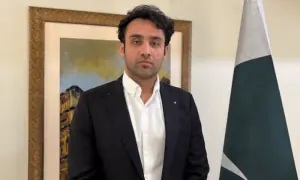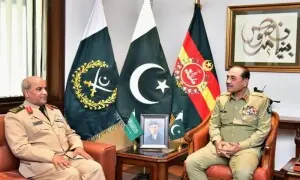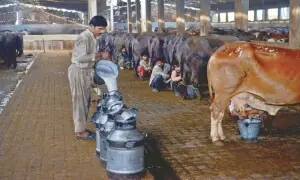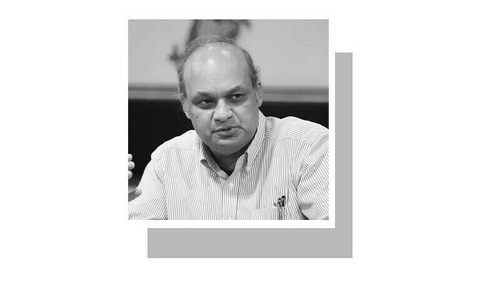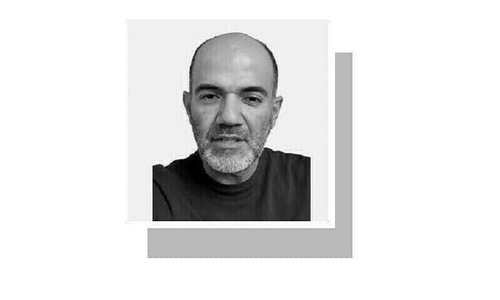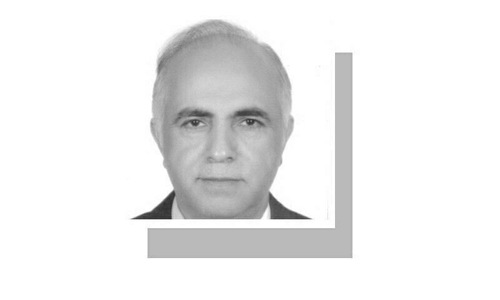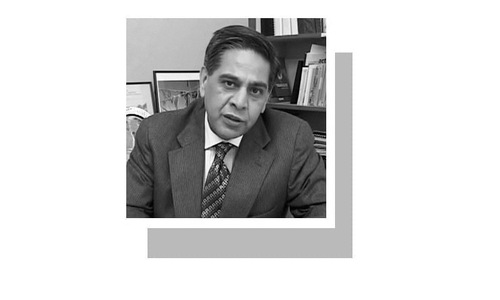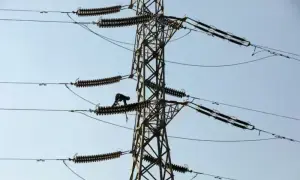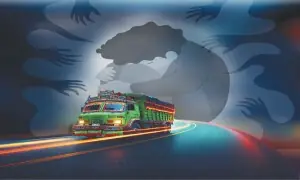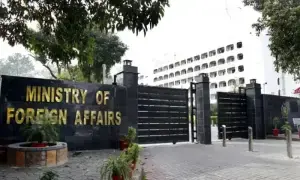NEW DELHI: On the eve of India’s independence day, a team of activists and scholars released a report that paints a bleak picture of India-held Kashmir, challenging government accounts that life is returning to normal amid an indefinite curfew and communications blackout imposed just before the restive region’s special status was stripped by parliament on Aug 5.
The report, presented on Wednesday in New Delhi, found that people living under the lockdown expressed “enormous anger and anguish” in response to the surprise move by Prime Minister Narendra Modi’s government to revoke a constitutional provision that gave the predominantly Muslim population some degree of autonomy and prevented outsiders from buying land in the pristine Himalayan region.
It said protests have occurred daily, though the constraints on movement and communication mean that the response has been largely subdued.
The report’s authors, including economist Jean Dreze, described the situation in India-held Kashmir as “grim” and said the clampdown had “crippled economic life” there. The team said it travelled to towns and villages the length of the Kashmir Valley between Aug 9 and Aug 13, including southern areas that have been recent hotbeds of rebel activity.
Maimoona Mollah, an activist on the fact-finding team, likened the situation in the region to Israel’s security protocol in the Palestinian territories. “Kashmir is like an open jail,” said Vimal Bhai, another activist on the team.
Although the four million residents of the Kashmir Valley, where an insurgency has simmered for decades, are used to blockades, residents have told that what they’re experiencing is unprecedented .
Since independence from British rule and partition in 1947, India and Pakistan have fought two wars over their rival claims to Kashmir, with each left controlling part of the region.
The Indian side has seen several uprisings, including a bloody armed rebellion launched in 1989 to demand independence or a merger with Pakistan. About 70,000 people have been killed in that uprising and a subsequent Indian military crackdown that left Kashmiris exhausted, traumatised and broken.
Even before India’s parliament voted on Aug 5 to strip Jammu and Kashmir of its statehood and split it into two federal territories, the central government imposed a curfew, suspended telephone and internet services and deployed tens of thousands of additional soldiers to a region which is already one of the world’s most militarised zones.
Published in Dawn, August 15th, 2019








